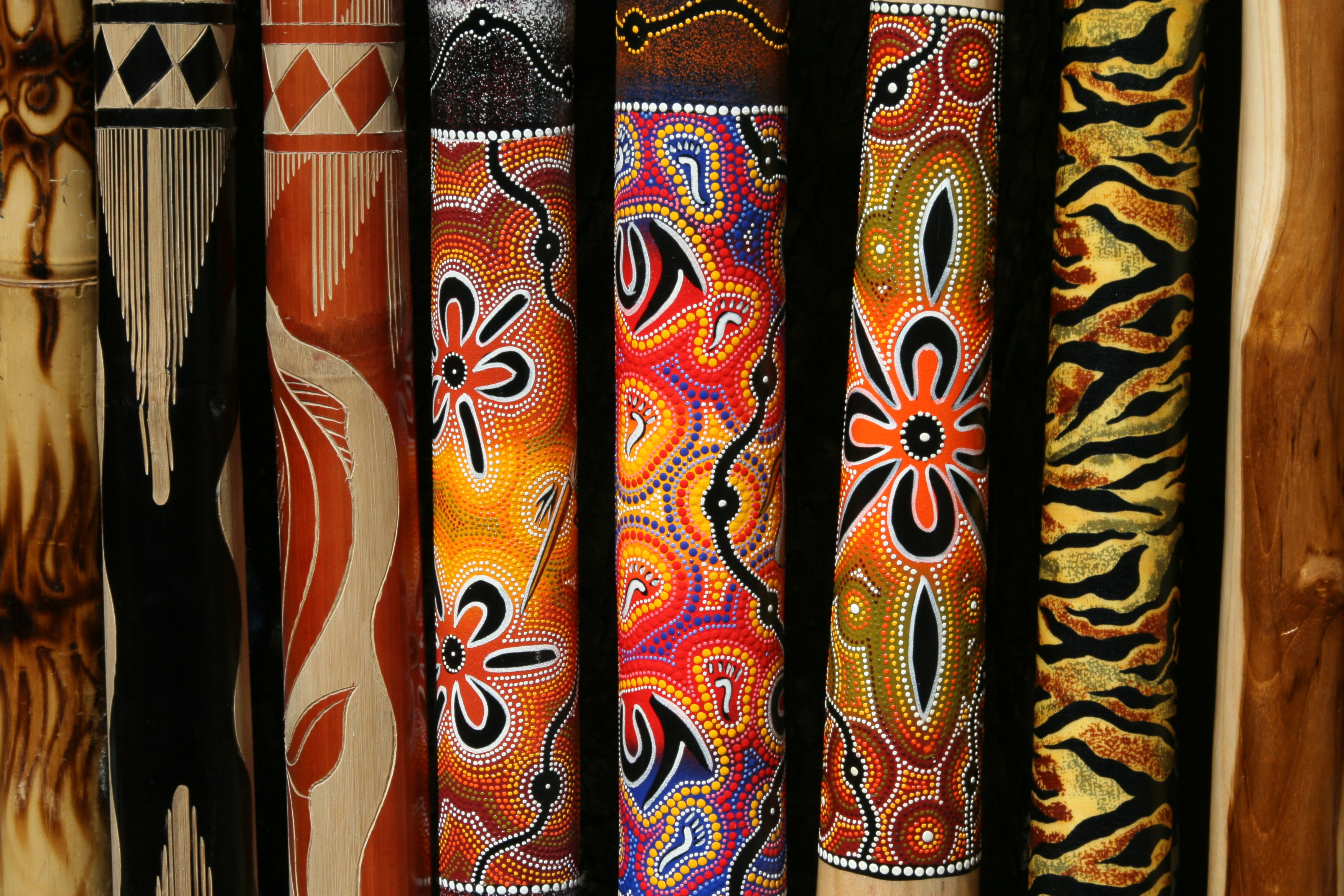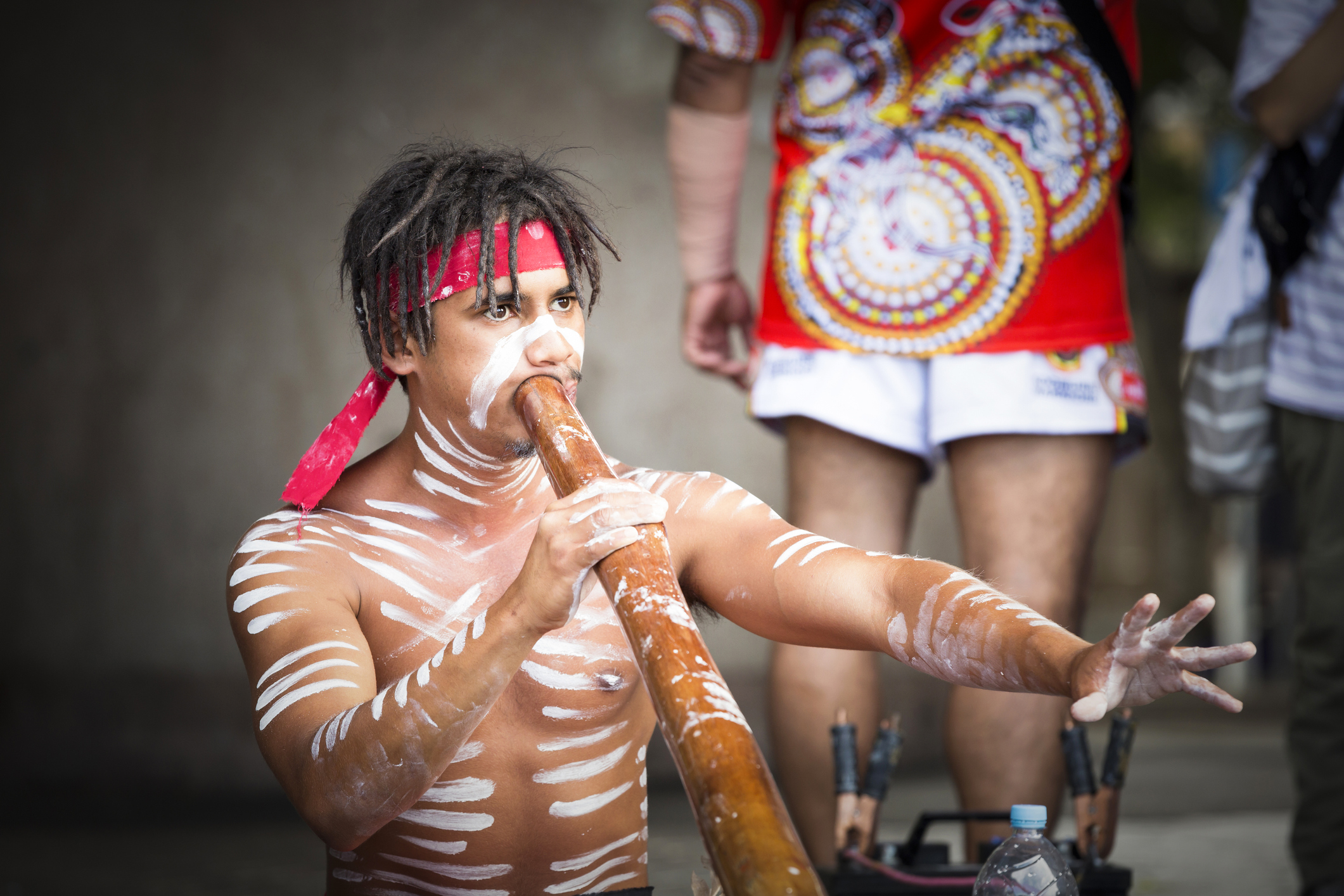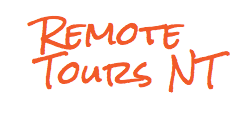Indigenous music refers to music owned, composed and/or performed by Aboriginal and Torres Strait Islander peoples. It includes musical styles originating before European settlement, and musical styles which have been taken up by Indigenous musicians since. Music plays an important social and spiritual role in Aboriginal and Torres Strait Islander cultures and is closely linked with dance, ceremony and storytelling.
In this article we will be focusing on a broader understanding of traditional Aboriginal music which, like the 250 or more languages of their culture, varies in different parts of the continent. Many of the musical styles are still practiced in northern and central parts of Australia but these performance traditions, which are among the oldest in the world, are also among the most endangered.
Traditionally Aboriginal music is primarily vocal. Singers are often accompanied with percussion and several other singers of the same gender. Tribes accompany this with various instruments including boomerangs, clubs, sticks, hollow logs, drums, seed rattles and of course the didgeridoo. Hand clapping and lap/thigh slapping are also common. Most instruments fall into the idiophone class, where instruments consist of two separate parts which are stuck together to give a percussive sound. In constructing their instruments, Aboriginals use the resources at hand including hollowed logs, animal skins and shells.
Music often accompanies performance and ceremony, which traditionally take place without written prompts. These performances often involve dancing: vigorous and energetic male performances and more contained but still virtuosic female performances. Other ceremonial practices include body painting, rock painting, costumes and the use of props.

In addition to telling stories of the Dreamtime, Aboriginal music traditions also provide a means of navigating and connecting to the land. A Songline, also called dreaming track, is a path across the land (or sometimes the sky) which marks the route followed by localised "creator-beings" during the Dreaming. The paths of the Songlines are recorded in traditional song cycles, stories, dance, and art, and are often the basis of ceremonies. A knowledgeable person is able to navigate across the land by repeating the words learnt through song, which describe the location of landmarks, waterholes, and other natural phenomena.







Copyright © 2025 All Rights Reserved | Privacy | Terms & Conditions